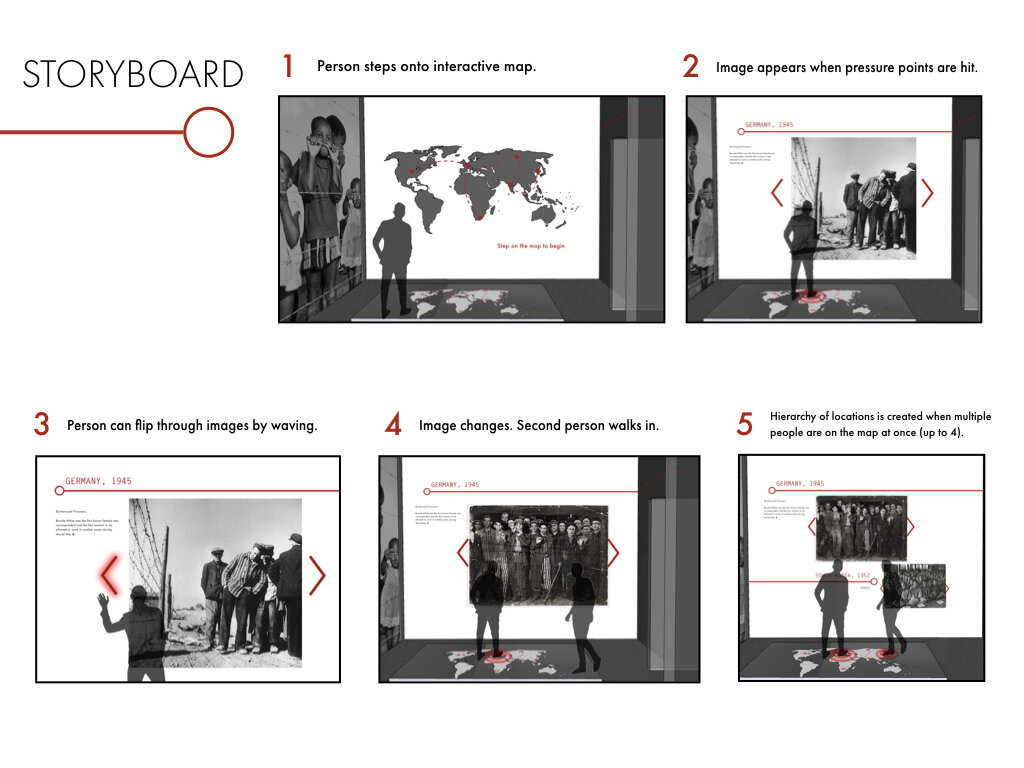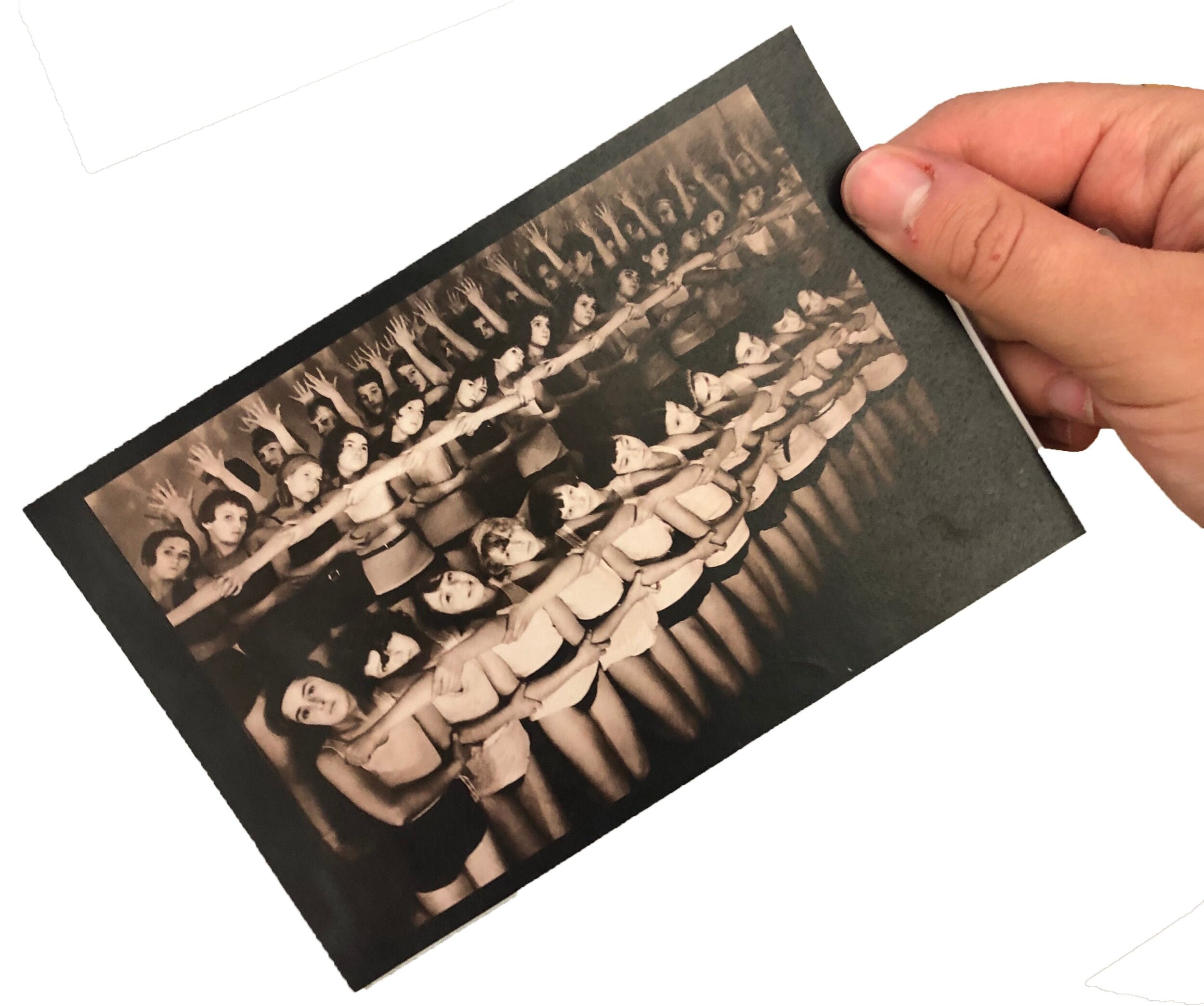Margaret Bourke-White Exhibition
Design Brief:
Design a pop-up museum exhibition surrounding any artist of your choice, for display at the Miller ICA Gallery on Carnegie Mellon’s campus.
Course:
Environments Studio I, Fall 2019
Timeline:
5 weeks

This exhibition would highlight the renowned documentary photographer, Margaret Bourke-White. Throughout the design process, I wanted to be sure to give a comprehensive overview of her work, which spanned many countries, many subjects, and many historical turning points. I wanted the visitor of my proposed exhibit to not only leave with an understanding of the influence of Bourke-White's work, but also the artist's fearlessness in her approach to photography.
Exhibition “flow”
![Parti diagram [Recovered]-01.jpg](https://images.squarespace-cdn.com/content/v1/5fdff927b0bc7745163a4e5e/1608835892310-91K461Y5BXSH2LL2F5UC/Parti+diagram+%5BRecovered%5D-01.jpg)

Exhibit walkthrough
1) WHO: who is Margaret Bourke-White?
Upon entering, the artist's name, sandwiched by an iconic portrait of Bourke-White standing above the Chrysler building, leads the visitors to a short introduction and start of the exhibit.
2) WHERE & WHEN: where and when did she photograph?
Here, the visitor receives a brief overview on the places and events that Bourke-White photographed. The visitor can then participate in an interactive map (see next step) to explore the range of her work further.
3) WHERE & WHEN: interactive map
This interactive map allows visitors to (literally) trace Bourke-White's footsteps across the world and discover the significance of her work in different contexts. The visitor would see several marked pinpoints on the map and upon stepping on these pressure points, a slideshow of White's images from that location would project on the wall.
This interaction is shown in further detail through a storyboard and a low fidelity Little Bits prototype below.
4) WHO: who were her subjects?
Before entering the second part of the exhibition, the visitor gets to learn a bit more about her subjects and experience some of her photographs full scale.
5) HOW: how did she take her photographs?
The visitor can then experience a different side of Bourke-White's career (her aerial and abstract photography) through an interactive camera. When the visitor looks through the camera, they are able to see a 360 degree projection that would simulate some of the environments in which White photographed.
6) HOW: how did she employ photographic techniques?
After experiencing White's risk-taking for themselves, the visitors can learn a bit more about the photographic techniques she used in some of her more abstract compositions.
7) WHY: why should we care about Bourke-White’s work?
Finally, upon reaching the end of the exhibit, the visitor is met with one last interaction in which they can pick their favorite Bourke-White image and receive the image as a postcard to take home with them.
Physical model














